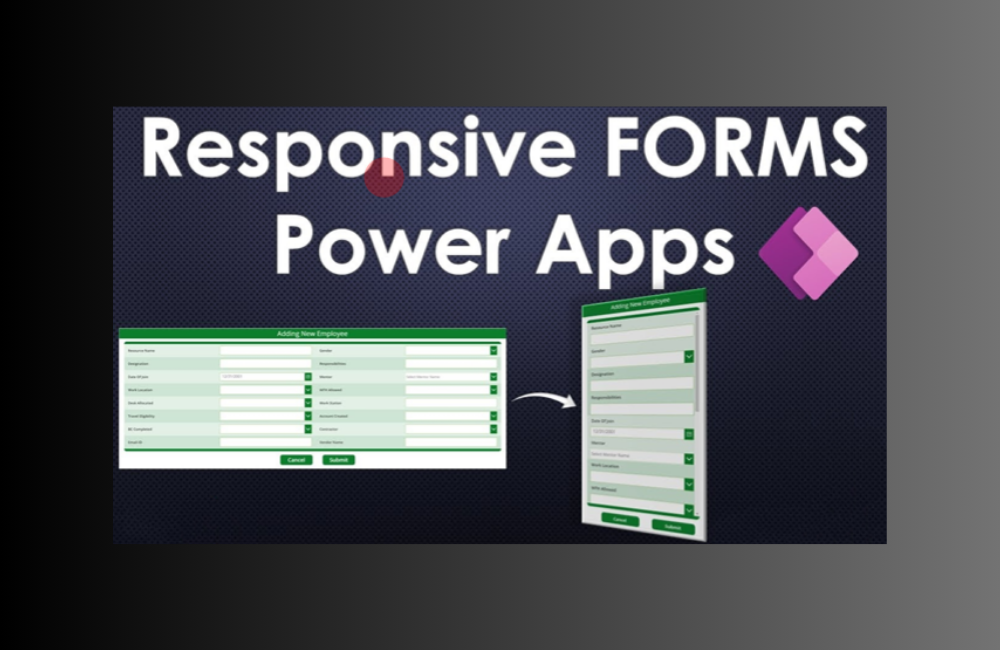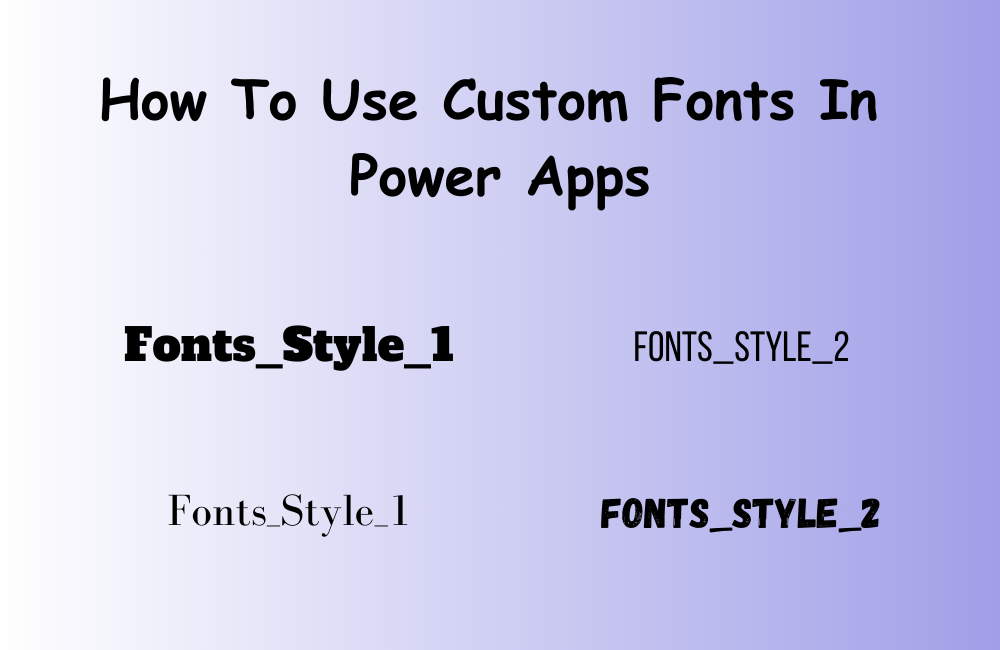Using Power Automate to Detect Scheduling Conflicts: A Guide on Finding Overlapping Meeting Times
Introduction:
In the realm of app development, especially within scheduling apps, detecting overlapping or conflicting times is crucial. Whether it’s for booking meetings, reservations, or any time-bound tasks, ensuring there are no clashes ensures a smooth user experience. This guide delves into detecting such overlaps effectively and efficiently using Power Automate.
Identifying Types of Scheduling Conflicts
When we speak of time conflicts, we generally refer to the following four primary scenarios:
- Conflict 1 – A scheduled end time that exceeds the start time of another booking.
- Conflict 2 – A scheduled start time post the commencement of another event.
- Conflict 3 – Both the start and end times occurring entirely during another scheduled period.
- Conflict 4 – Complete overlap, where an event’s start and end times envelop another event in its entirety.
Approach to Detecting Overlapping Times
Effectively detecting the aforementioned overlaps can be achieved using two primary tests:
- Test 1 – Ensuring Date Range A starts after Date Range B ends. (a.start > b.end)
- Test 2 – Ensuring Date Range B starts before Date Range A concludes. (a.end < b.start)
Utilizing principles from Boolean algebra and De Morgan’s law, we can condense the tests into a single, effective overlap check:
a.Start < b.End && b.Start < a.End
Detecting Conflicts in Power Apps
Considering a practical scenario of detecting overlaps in Power Apps, the following formula can be employed:
With(
{
sessionStart1: DateTimeValue("2022-01-05 10:00"),
sessionEnd1: DateTimeValue("2022-01-05 11:30"),
sessionStart2: DateTimeValue("2022-01-05 09:30"),
sessionEnd2: DateTimeValue("2022-01-05 10:30")
},
sessionStart1 < sessionEnd2 && sessionStart2 < sessionEnd1
)
Checking Overlaps with SharePoint Lists or Data Sources
For those working with SharePoint lists or similar data sources, here’s how you can check for overlaps:
With(
{
sessionStart1: DateTimeValue("2022-01-10 10:00"),
sessionEnd1: DateTimeValue("2022-01-10 11:30")
},
Filter(Appointments,
sessionStart1 < EndTime &&
StartTime < sessionEnd1
)
)
To ascertain whether a conflict exists and get a boolean output, modify the formula as follows:
Not(
IsEmpty(
With(
{
sessionStart1: DateTimeValue("2022-01-10 10:00"),
sessionEnd1: DateTimeValue("2022-01-10 11:30")
},
LookUp(Appointments,
sessionStart1 < EndTime &&
StartTime < sessionEnd1
)
)
)
)
REFERENCE:
Conclusion:
Detecting overlapping times is a fundamental aspect of developing scheduling applications. Understanding the different types of conflicts and the methodologies to detect them ensures seamless app functionality. Should you require further assistance or face challenges in your application development, feel free to contact us. Our team is always here to provide expert guidance and support.






